
Although extremely tasty, beef brisket is a cut of meat that usually requires a great deal of cooking time to soften the sinew and connective tissues that run throughout the meat. Most cooks use a traditional oven or smoker grill to prepare brisket slowly over low heat. A convection oven, which uses heat and circulated air to cook, can cut the cooking time considerably. The process for cooking is the same; the time involved is not.
Step 1
Rinse the beef brisket under cool running water to remove any blood or bone fragments. Pat the meat dry using paper towel.
Step 2
Place the beef brisket on a cutting board and trim any excess fat. Cut any fat from the top of the brisket, also known as the "fat cap," that is thicker than 1/8- to 1/4-inch thick. Use a knife to lightly score the fat cap in a criss-cross manner without cutting into the meat; this will allow the seasonings to seep into the meat.
Step 3
Create a spice rub for the beef brisket. Ideal spices and seasonings include salt, black pepper, cayenne pepper, brown sugar, onion powder, garlic powder, thyme, and dry mustard. Add the seasonings of your choice to a bowl and mix well with a whisk.
Step 4
Liberally coat the surface of the beef brisket with the seasoning mixture. Tightly wrap the beef brisket with plastic wrap and place it in the refrigerator for four hours or overnight.
Step 5
Remove the beef brisket from the refrigerator and allow it to sit at room temperature for 30 minutes to ensure even cooking. Preheat the convection oven. A typical brisket cooked in a conventional oven should be roasted at 300 degrees Fahrenheit; however, when using a convection oven, set the convection oven's temperature to 280 F.
Step 6
Unwrap the beef brisket and place it on the convection oven's broiler or roasting pan, without the rack. Add a small amount of water, beer or beef broth, approximately a 1/2 cup per pound of beef brisket, to the broiler pan. Tightly wrap the brisket in aluminum foil and place the pan in the convection oven.
Step 7
Roast the beef brisket for at least 45 minutes per pound; a 5-pound brisket would take a minimum of three hours and 45 minutes. Check the internal temperature of the brisket using an instant-read thermometer. Although the beef is ready to be eaten once the internal temperature reaches 125 F for rare, it will be quite tough. Cook the beef brisket until it reaches an internal temperature of at least 165 F, and preferably closer to 180 F. Remove the foil for the last hour of cooking time.
Step 8
Remove the beef brisket from the oven and allow it to rest for at least 15 minute before slicing to allow for carryover cooking.
Related Articles
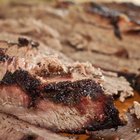
The Time to Cook a Three-Pound Corned ...

How to Use a Jaccard Meat Tenderizer

How to Cook a 15-Pound Rib Roast
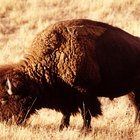
The Best Way to Prepare Bison Sirloin

How to Cook a Beef Roast in a Roaster ...

How to Cook Angus Beef in the Oven

How to Cook Pulled Beef Without a Slow ...
How to Cook Boneless Top Chuck Steak in ...
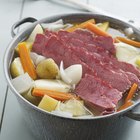
How to Cook a Large Amount of Corned ...
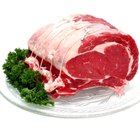
How to Marinate a Top Round Roast
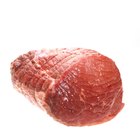
How to Cook Beef Topside in a Slow ...
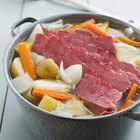
How to Pickle Beef Brisket
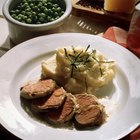
How to Make a Juicy Pork Tenderloin
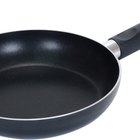
How to Cook Beef Top Round Pot Roast
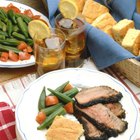
How to Cook London Broil
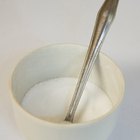
How to Brine a Smoked Beef Brisket

How to Cook a Choice New York Roast
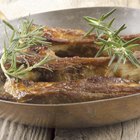
How to Sear Ribs

How to Slow Cook a Joint of Beef
How to Cook Brisket Slowly With a ...
References
Resources
Warnings
- Thoroughly clean sink areas after rinsing meat to avoid spreading bacteria to other foods, utensils and surfaces.
Writer Bio
Based in Virginia Beach, Mark S. Baker has been working in editorial for more than 20 years. He has served as a writer and editor for publications such as the "Houston Post," "Boca Raton News" and "Interactive Week," among others. Baker also has a culinary arts degree from Johnson & Wales University and has his own catering business.
Photo Credits
Tom Pennington/Getty Images Sport/Getty Images